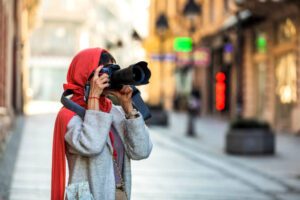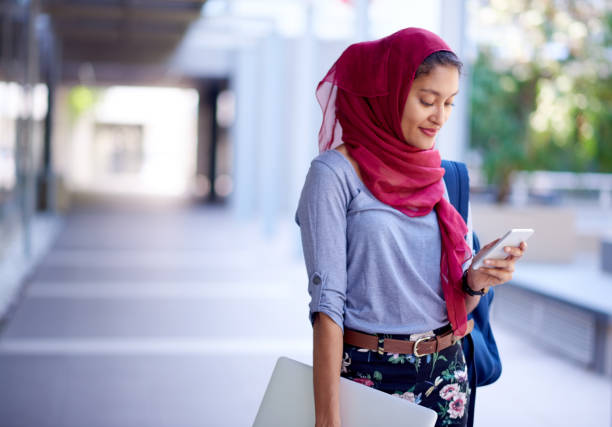Exploring the Vibrant Colors of Hijab
The hijab, a traditional Islamic headscarf worn by Muslim women, not only represents modesty and religious observance but also serves as a form of self-expression and cultural identity. The hijab comes in a myriad of colors, allowing women to embrace their individuality and showcase their personal style. In this blog post, we will delve into the significance of color in hijab choices, explore the diverse range of colors available, and celebrate the beauty of self-expression through hijab colors.
The Significance of Color in Hijab
Cultural Symbolism Color holds cultural significance across various societies and has distinct meanings associated with it. In the context of hijab, colors can represent cultural traditions, national identities, or regional influences. Certain colors may be more prevalent in specific countries or communities, reflecting cultural symbolism and heritage.
Personal Expression Choosing a hijab color allows women to express their individuality, personal preferences, and sense of style. Whether vibrant and bold or soft and pastel, each color can convey a unique mood or message, enabling women to reflect their personality through their choice of hijab.
Exploring a Kaleidoscope of Hijab Colors
Traditional Colors Traditional hijab colors such as black, white, and neutral tones are often chosen for their simplicity, versatility, and timeless appeal. Black symbolizes elegance, modesty, and a classic look, while white represents purity and simplicity. Neutral colors like beige and taupe offer a subtle and understated aesthetic, complementing a wide range of outfits.
Vibrant Colors From rich jewel tones to vibrant hues, hijabs come in a diverse spectrum of colors. These vibrant choices allow women to add a pop of color to their ensembles and make a bold fashion statement. Shades like royal blue, emerald green, and deep purple exude confidence, while vibrant yellows and oranges evoke energy and joy.
Soft Pastels Soft pastel colors such as baby pink, lavender, and mint green create an ethereal and delicate look. These light shades exude femininity, gentleness, and a sense of tranquility. Pastel-colored hijabs are often favored for special occasions or during the spring season, bringing a touch of softness and elegance to an outfit.
The Beauty of Self-Expression through Hijab Colors
Confidence and Empowerment Choosing a hijab color that resonates with one’s personality and style can boost confidence and empower women to embrace their unique identity. The ability to express oneself through color choices allows for self-assurance and a sense of ownership over personal fashion choices.
Cultural Fusion and Diversity With the wide array of hijab colors available, women can celebrate cultural fusion and diversity. By embracing different colors, patterns, and styles, Muslim women can express their connection to various cultures, celebrate diversity, and foster inclusivity.
Conclusion:
The colorful world of hijab offers Muslim women a platform for self-expression, cultural celebration, and individuality. Whether opting for traditional hues, vibrant tones, or soft pastels, the colors of hijab enable women to express their unique style. Also, evoke emotions, and showcase their diverse identities. Let us embrace the beauty of hijab colors and celebrate the unity in diversity they bring to the world of fashion and self-expression.




